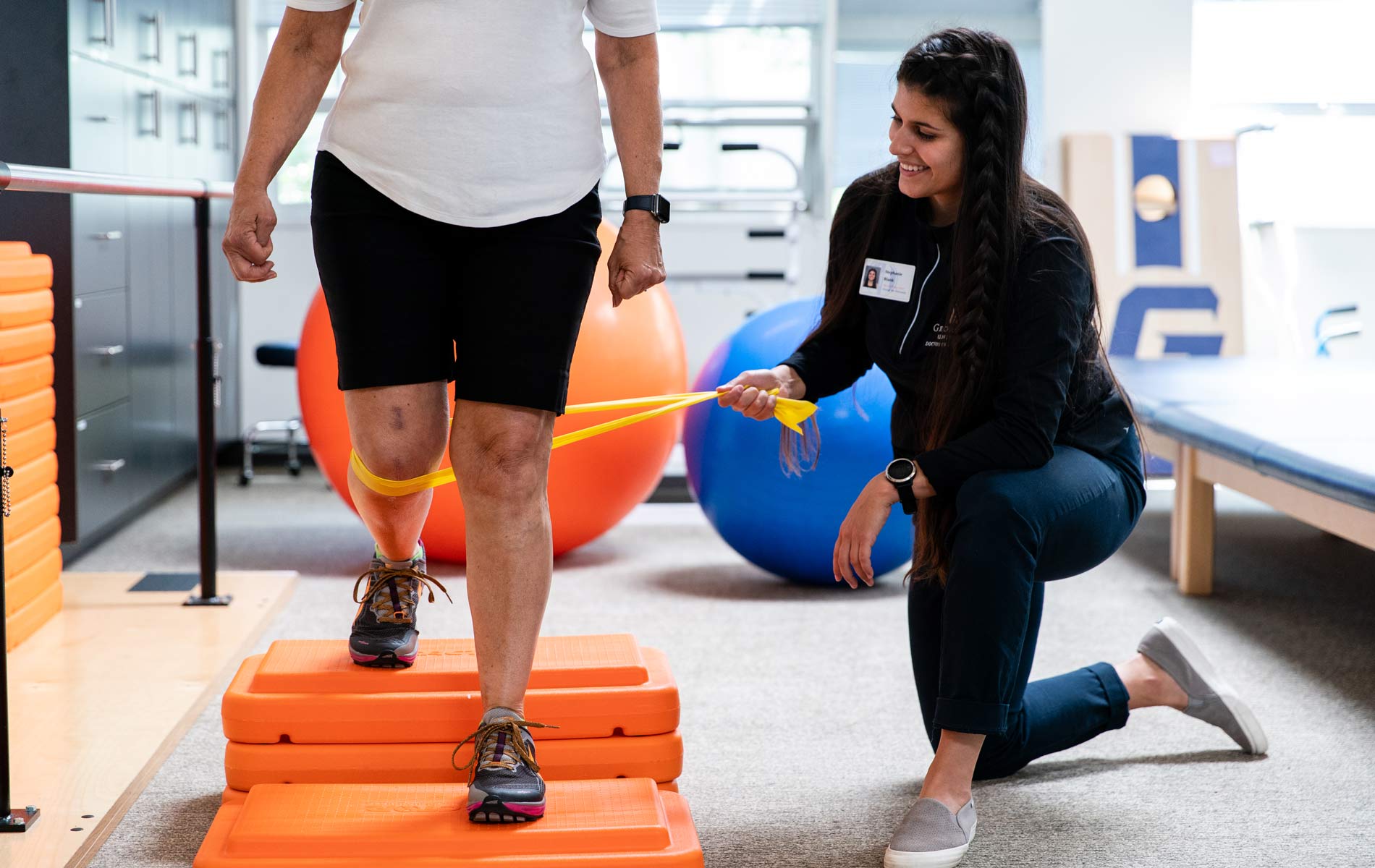Enhancing Recovery Through Cardiovascular Physical Therapy during the Journey of Post-Operative Recovery
Enhancing Recovery Through Cardiovascular Physical Therapy during the Journey of Post-Operative Recovery
Blog Article
Cardiopulmonary physiotherapeutic therapy plays a vital role in helping individuals recover after surgery, particularly for those who have undergone procedures affecting the heart and pulmonary system. Healing from an operation can be a difficult journey, frequently accompanied by discomfort, exhaustion, and limited movement. However, with the appropriate strategy and support, patients can restore their vitality and enhance their general health. This type of treatment concentrates on enhancing the function of the heart and lungs, which is crucial for a favorable healing.
One of the primary objectives of cardio-pulmonary physiotherapeutic treatment is to improve heart and lung endurance. After surgery, patients may experience decreased stamina, making daily tasks feel more tiring. Through a meticulously planned fitness program, physical therapists assist individuals in incrementally boosting their physical activity levels. This may include activities such as walking, cycling, or specific breathing activities. These activities not only help build strength but also increase lung capacity, which is crucial for guaranteeing that the body receives enough oxygen.
Additionally, cardio-pulmonary physiotherapeutic treatment emphasizes the importance of breathing methods. Many post-operative individuals may struggle with deep respiration due to discomfort or limited mobility. Therapists instruct individuals how to perform deep respiratory activities, which can help expand the lungs and eliminate any secretions that may have built up during the recovery process. Proper respiratory methods are essential to prevent issues such as lung infections, which can occur if the lungs are not operating effectively. By focusing on these techniques, individuals can improve their recovery and overall pulmonary health.
Another key element of this type of therapy is education. Physical therapists provide important insight about the healing process, including what patients can anticipate during healing. They explain how to recognize warning signs that may signal here are the findings issues, helping individuals feel more in control of their health. Understanding the importance of exercise in healing allows individuals to take an active part in their healing journey. This empowerment is essential for fostering self-assurance and encouraging a positive perspective during healing.
In summary, cardiopulmonary physical therapy is an essential aspect of post-surgical rehabilitation for individuals experiencing heart and lung procedures. By focusing on improving cardiovascular endurance, instructing respiratory methods, and offering knowledge, therapists empower patients to take charge of their recovery. This specialized therapy not only assists in bodily healing but also supports emotional well-being, making the journey of recovery smoother and more manageable. With the right support and direction, individuals can effectively restore their vitality and return to their daily lives.